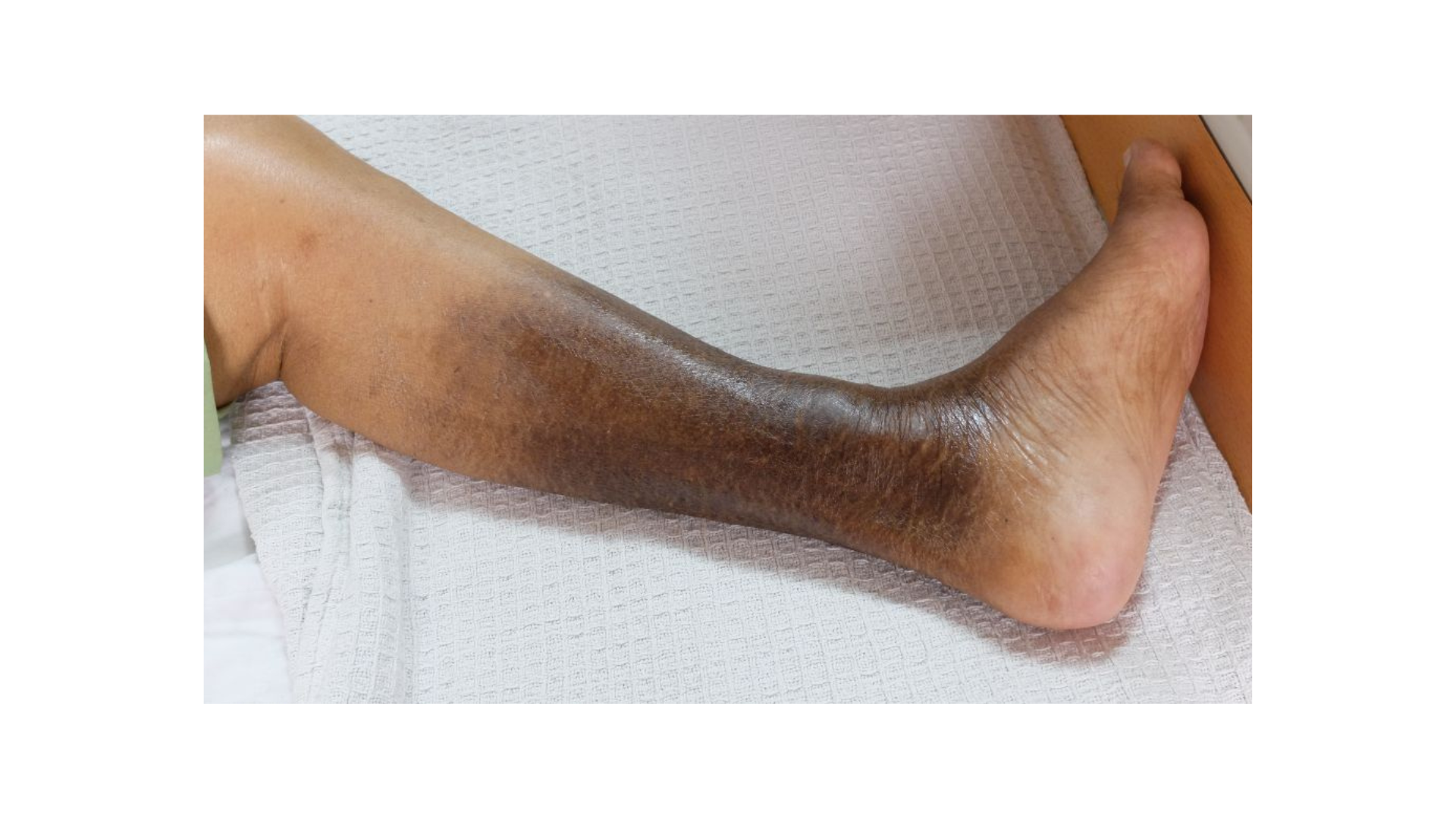The Continuum of Care: Assessment
July 31, 2022
Introduction
The management of wounds, especially complex and chronic wounds, is a daunting clinical challenge. Achieving progress toward wound closure often depends on the right selection of treatment modalities for the wound and acknowledgment of any other underlying clinical considerations that present barriers to healing. However, before treatment selection, a full and accurate wound assessment must be completed. Without analyzing all variables that impact wound healing, clinicians may be unable to identify the proper treatment course.
Wound Care Assessment
An initial assessment of the patient’s medical history should take place before a complete wound and skin assessment. Items to look for during an assessment include those discussed in the following subsections.1
Comprehensive Patient History
A patient history can tell clinicians much about potential risk factors and any barriers to wound healing. Medical history findings may reveal comorbidities or underlying circumstances relevant to the present wound concern. Other history components may capture data about other variables that impact healing, such as alcohol use, illicit drug use, occupational history, level of activity, allergies, environmental factors, nutrition, current medications and supplements, family history, and any other variables.1 Clinicians should also assess for any gaps the patient or caregiver may have in understanding the condition and its needs.2
Initial Wound and Periwound Area Examination
An examination of the wound should consider the important issues of wound location, identification of acute or chronic nature, drainage quality and quantity, the condition of the surrounding skin, and the quality of the wound bed tissue (granular, fibrinous, eschar, etc), pain, odor, condition of the wound perimeter, and standard measurements for the wound.
How much do you know about the continuum of wound care? Take our 10-question quiz to find out! Click here.
As part of the assessment, it may be wise to consider a head-to-toe skin check when appropriate because many patients with wounds are at risk for concomitant or future occurrences of these wounds. This examination may also assist in identifying areas at risk for impending or future skin compromise and ulceration. When completing such a skin survey, the clinician may employ a model such as that described later to guide their assessment.
Complications With the Wound
Although some wounds are simple, many others can be complicated by issues such as infections, the presence of bioburden, a damaged arterial or venous supply (because this can prevent adequate perfusion or result in venous stasis), and physical pressure or chronic ulceration.3
The Least Common Denominator Model
The Least Common Denominator Model looks at the following 6 subsections that affect healing and are part of a comprehensive wound assessment:
- Perfusion and oxygenation: Assessing microcirculation and macrocirculation, as well as employing flow studies, can identify barriers to healing and impact the optimal treatment course.
- Infection: Wound healing is impaired when bioburden levels are too high. The presence of necrotic tissue or excess bacteria should be addressed before healing can progress. The signs of inflammation or infection may include erythema, pain, swelling, and increased temperature.
- Nutrition and immunity: Malnutrition can be a major barrier to healing, and in some instances, surgery may not be recommended for patients until they can achieve proper nutrition levels. Additionally, clinicians may look for forms of immunosuppression, such as steroid medications, antimetabolic agents, overwhelming infection, and chronic diseases, such as diabetes and HIV infection.
- Psychosocial factors: It is important to consider mental and social impacts on wound healing. Chronic depression, stress, and anxiety have been shown to negatively affect healing.4 Additionally, pain can exacerbate underlying psychiatric issues and impair healing through the psychoneuroimmunologic connections. Identification of these issues may be relevant to selecting the most appropriate treatment.
- Pressure or neuropathy: If addressing a pressure injury or neuropathy, clinicians can look at products for patients that may support healing and prevent a recurrence, such as modalities for offloading and prevention of pressure or shear forces.
- Wound bed: It is vital to look at the wound bed and the periwound area. If periwound tissue is painful, erythematous, macerated, dry, cracked, or edematous, it should be noted because these may be signs that current treatments are not working. In addition, the wound bed should be assessed for moisture balance, the presence of necrotic tissue, and the quality of granulation tissue. Based on these variables, the phase of healing can be determined as one of the following5:
- Hemostasis: Hemostasis is the first phase of healing. It results in the formation of a clot and the cessation of bleeding.
- Inflammation: This phase is marked by increased capillary permeability and cell migration into the wound site. Unfortunately, the presence of infection or elevated levels of bioburden may prolong the inflammatory stage of healing, thus stalling many wounds in this phase. If this is the case, the wound bed may have unhealthy granulation tissue that is dark red and bleeds on contact.6
- Proliferation: The proliferative phase begins after the primary inflammatory response and includes re-epithelialization, angiogenesis, and fibroplasia. The wound bed should have normal, pink, healthy granulation tissue during this stage.
- Wound contraction and remodeling: Finally, the wound will begin to contract and move toward closure. However, tissue remodeling that leads to the formation of a scar may last for up to 24 months after the injury.
Conclusion
Although completing a thorough assessment is time-intensive, failure to complete a head-to-toe skin check and full evaluation of the all variables listed here can result in prolonged, delayed healing. Moreover, a less comprehensive assessment may even result in the development of future wounds or the recurrence of current wounds (if not all underlying variables and risk factors are addressed). Within the continuum of care, comprehensive and thoughtful assessment is paramount for the management and prevention of wounds.

References
- Ennis WJ. Chronic wound assessment and treatment system (CWATS). In: Keast DH, ed. Wound and Lymphoedema Management: Focus on Resource-Limited Settings. 2nd ed. World Alliance for Wound and Lymphedema Care; 2020:23-32.
- Hess CT. Comprehensive patient and wound assessments. Adv Skin Wound Care. 2019;32(6):287-288. doi:10.1097/01.ASW.0000558514.64758.7f
- Nagle SM, Stevens KA, Wilbraham SC. Wound assessment. In: StatPearls. 2022. Accessed June 26, 2022. https://www.ncbi.nlm.nih.gov/books/NBK482198/
- Ousey K, Edward KL. Exploring resilience when living with a wound - an integrative literature review. Healthcare (Basel). 2014;2(3):346-355. doi:10.3390/healthcare2030346
- Pakyari M, Farrokhi A, Maharlooei MK, Gharhary A. Critical rose of transforming growth factor beta in different phases of wound healing. Adv Wound Care (New Rochelle). 2013;2(5):215-224.
- Grey JE, Enoch S, Harding KG. Wound assessment. BMJ. 2006;332(7536)285-288.
The views and opinions expressed in this blog are solely those of the author, and do not represent the views of WoundSource, HMP Global, its affiliates, or subsidiary companies.











Follow WoundSource
Tweets by WoundSource